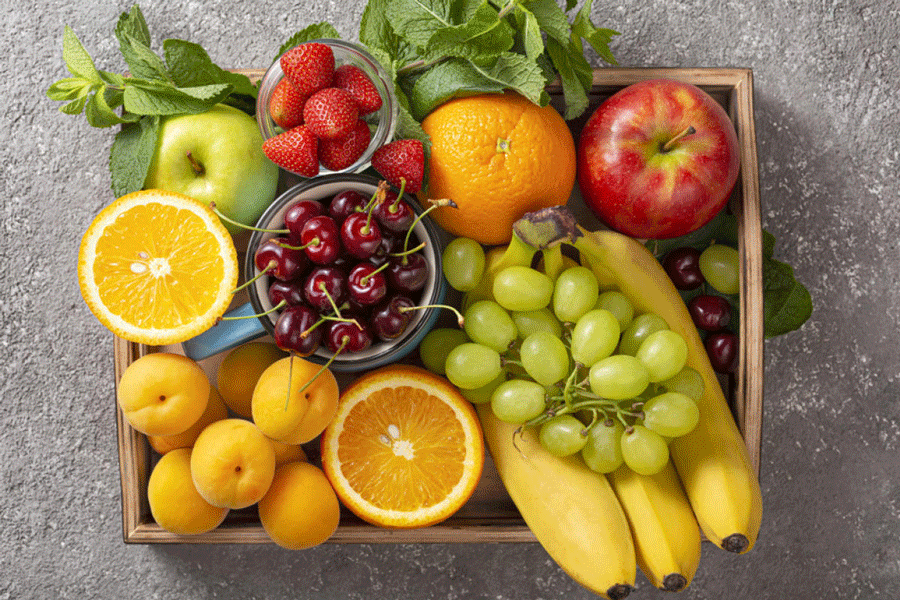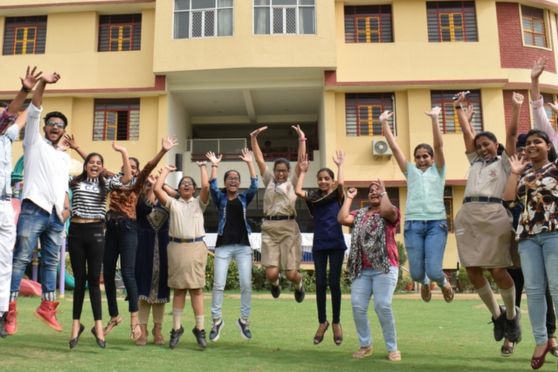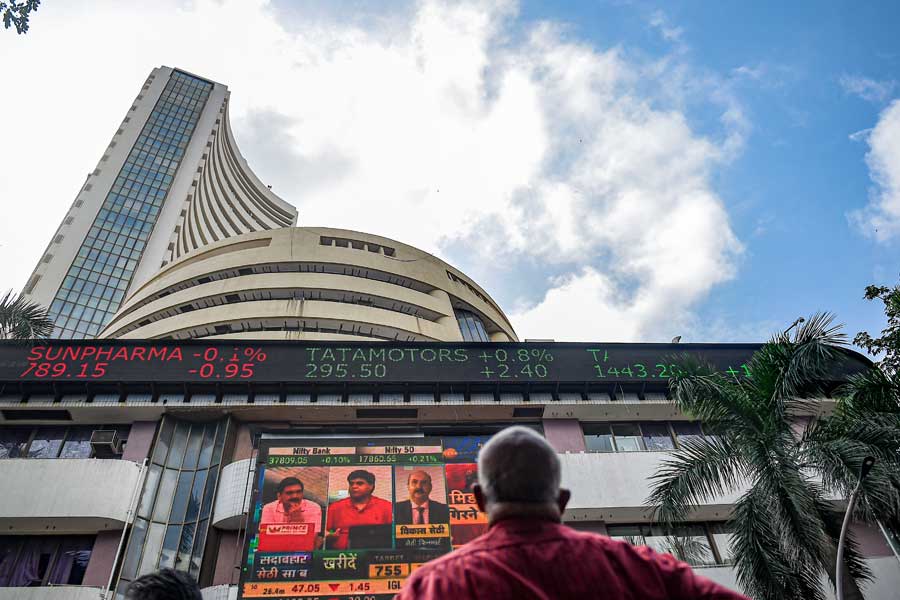The government would like to claim that the whole world is conspiring against it. That is why it found "malafide intent" in India’s ranking of 111 among 125 countries in the Global Hunger Index 2023. But that cannot be said of the Union health ministry’s National Family Health Surveys, recent data from which have revealed a striking gender disparity in nutrition. The ‘major dietary gap’ is most marked among the poor, but in general, too, less than 50% of India’s women are eating meat, fish, eggs and vitamin A-rich fruits. The percentage of ‘vegetarian’ persons is below 40%, but that, or reasons such as poverty, cannot explain why, when 42% of men do not eat eggs, meat or fish, as many as 54% of women are deprived of these specific foods. Certain cultural practices, such as ritual fasts or dietary restrictions imposed on widows even now may result in fewer eggs and less meat or fish on women’s plates. But that should not include a lack of fruits or dairy products; rather, women are supposed to have more of these during days or conditions of ‘vegetarianism’. That 28% of all women and 47% of the poorest one-fifth did not have dairy products in 2021, when healthy eating had assumed a greater spread, shows that the reasons for women’s deprivation lie elsewhere. Pregnant women of these groups fare only slightly better, as they do also among the 50% of all women and 73% of the poorest one-fifth who did not eat vitamin-A rich fruits in the same period.
There is a sharp difference in the consumption of dairy products and fruits between the percentages recorded for all women and the poorest, which shows the importance of expense in diet. But men still get more. Obviously, inequality is the primary reason, which spins off into women’s malnutrition and anaemia and the poorer health of their offspring. Some of this is reflected in the parameters of the GHI: stunting and wasting in children are shown as indicators of hunger. Lower prices and a combination of foods with the free grains supplied by the government to poor households might help. But that would not guarantee that women will get their fair share. A patient, unrelenting battle against gendered practices that have become naturalised is the only way to adjust the balance.










